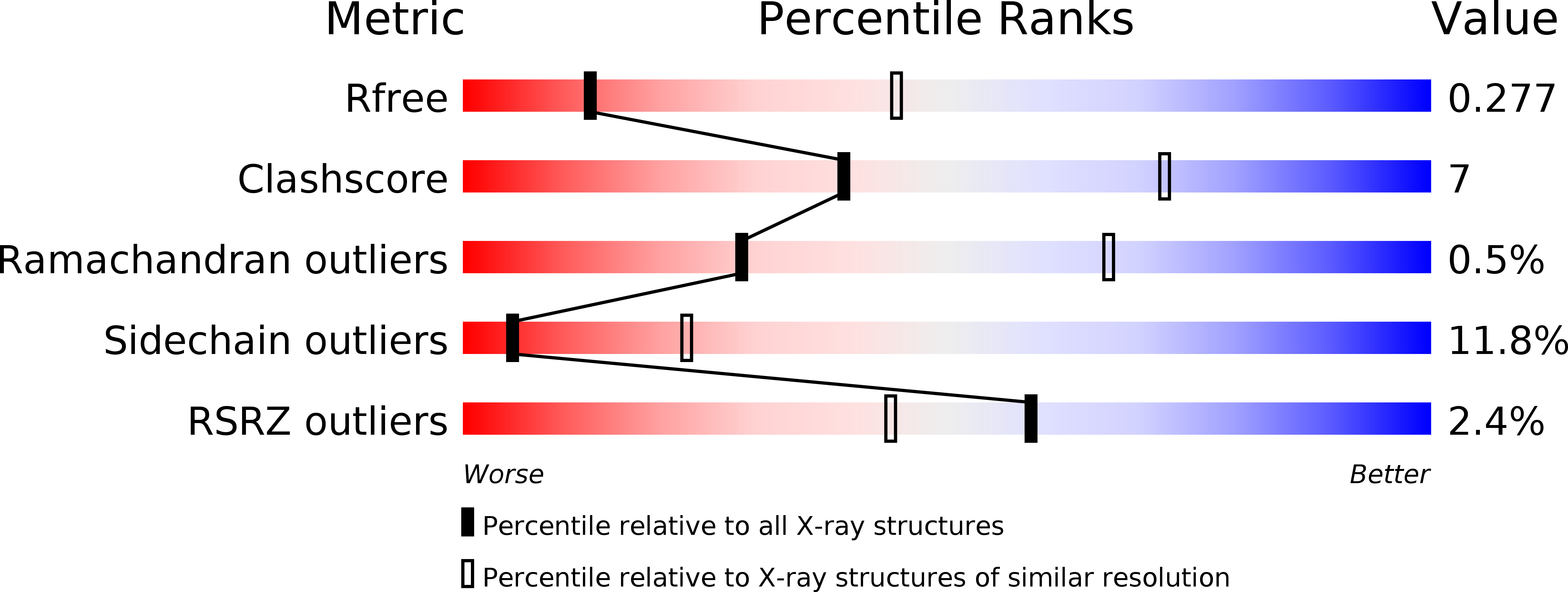
Deposition Date
2013-06-21
Release Date
2014-04-02
Last Version Date
2023-09-20
Entry Detail
PDB ID:
4LCM
Keywords:
Title:
Simvastatin Synthase (LOVD), from Aspergillus Terreus, LovD9 mutant (simh9014)
Biological Source:
Source Organism:
Aspergillus terreus (Taxon ID: 33178)
Host Organism:
Method Details:
Experimental Method:
Resolution:
3.19 Å
R-Value Free:
0.25
R-Value Work:
0.20
R-Value Observed:
0.20
Space Group:
P 1


